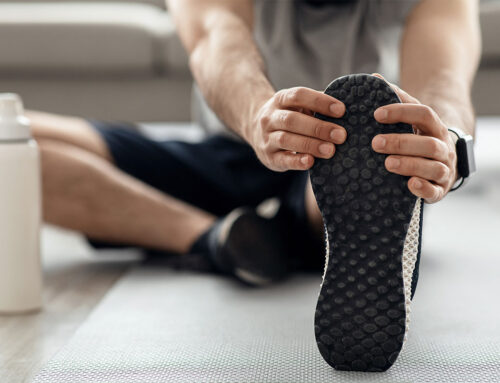Fibromyalgia, a long-term condition characterized by widespread pain, fatigue, and tenderness in localized areas, affects millions of people worldwide. Despite the challenges in pinpointing an exact cause, the consensus among healthcare professionals is that a multi-faceted approach to management is key. Among the various strategies employed, physical therapy has emerged as a cornerstone in managing and mitigating the symptoms of fibromyalgia. This blog post delves into how physical therapy can offer relief and improve the quality of life for those battling this complex condition.
Understanding Fibromyalgia
Before exploring the benefits of physical therapy, it’s essential to understand fibromyalgia’s nature. This syndrome is often accompanied by sleep disturbances, memory issues, and mood swings, indicating that it affects more than just physical well-being. The exact cause remains elusive, though it’s believed to involve a combination of genetic, environmental, and psychological factors.
The Role of Physical Therapy
Physical therapy for fibromyalgia is tailored to each individual’s symptoms and pain levels, focusing on enhancing physical strength, flexibility, and endurance. Here’s how it can help:
- Pain Management
Physical therapists use various techniques to address the pain associated with fibromyalgia. These may include manual therapy, where the therapist uses hands-on techniques to relieve stiffness and pain, and myofascial release, which targets the connective tissue to reduce pain and increase motion range.
- Exercise Therapy
Exercise is a critical component of fibromyalgia management, but starting an exercise routine can be daunting for those in pain. Physical therapists guide patients through tailored exercise programs that gradually increase in intensity. This gentle approach helps build up tolerance and reduces the risk of overexertion. Regular exercise has been shown to decrease pain, improve sleep quality, and reduce fatigue.
- Improving Flexibility and Strength
Fibromyalgia can lead to muscle stiffness and decreased strength, further limiting everyday activities. Physical therapy programs often include stretching exercises to improve flexibility and resistance training to build strength. These exercises are carefully designed to be fibromyalgia-friendly, avoiding excessive strain while maximizing benefits.
- Education and Self-Management Techniques
Physical therapists also educate patients on self-management techniques, including pain relief strategies, proper posture, and body mechanics. This education is pivotal in helping individuals make lifestyle adjustments that mitigate fibromyalgia symptoms and prevent flare-ups.
- Aquatic Therapy
Some physical therapy programs incorporate aquatic therapy, which involves exercising in a warm pool. The buoyancy of water reduces stress on the joints and muscles, making it easier for patients to perform exercises and improving their range of motion.
Living with fibromyalgia can be challenging, but physical therapy offers a beacon of hope. Through a combination of pain management techniques, exercise, education, and support, physical therapists play a crucial role in helping individuals with fibromyalgia lead more comfortable and fulfilling lives. If you’re struggling with fibromyalgia, consider consulting a physical therapist to explore how tailored therapy could benefit you. Remember, each step taken is a step closer to managing and overcoming the hurdles posed by this condition.




